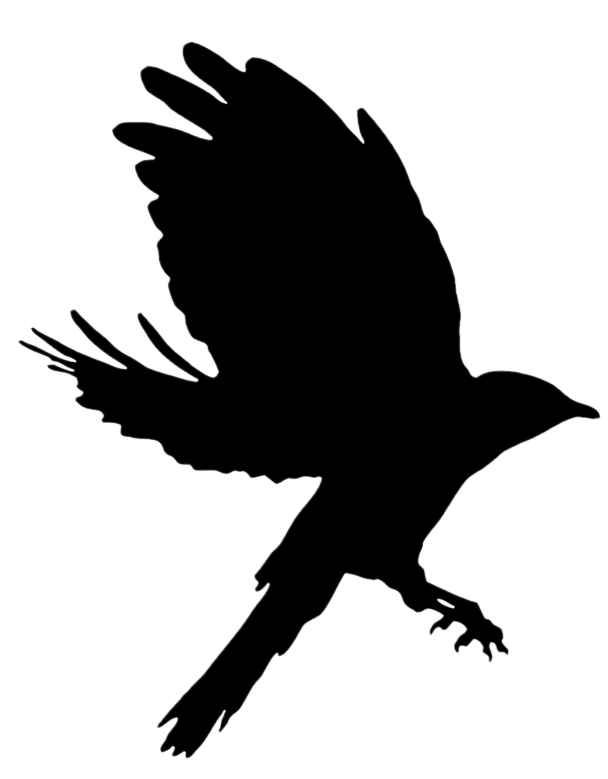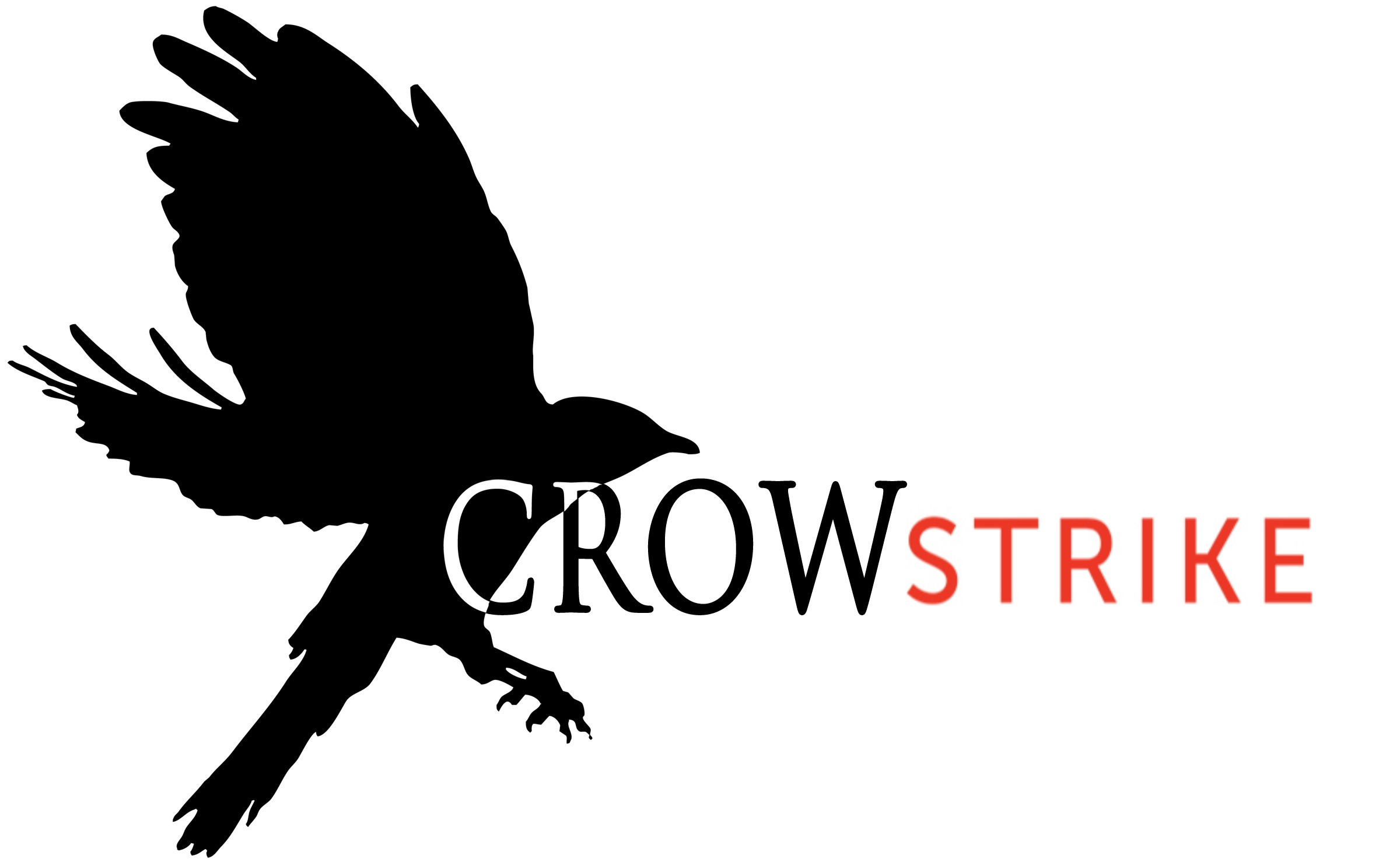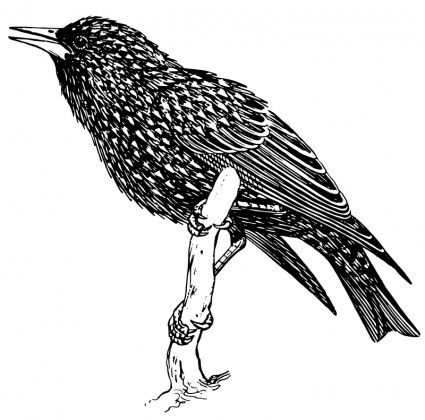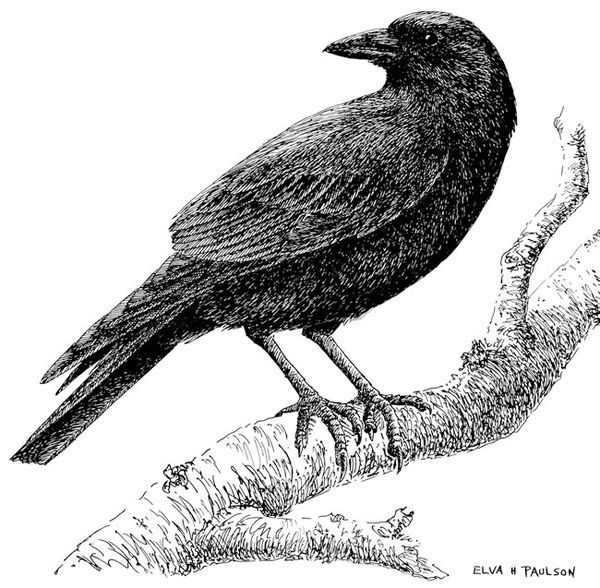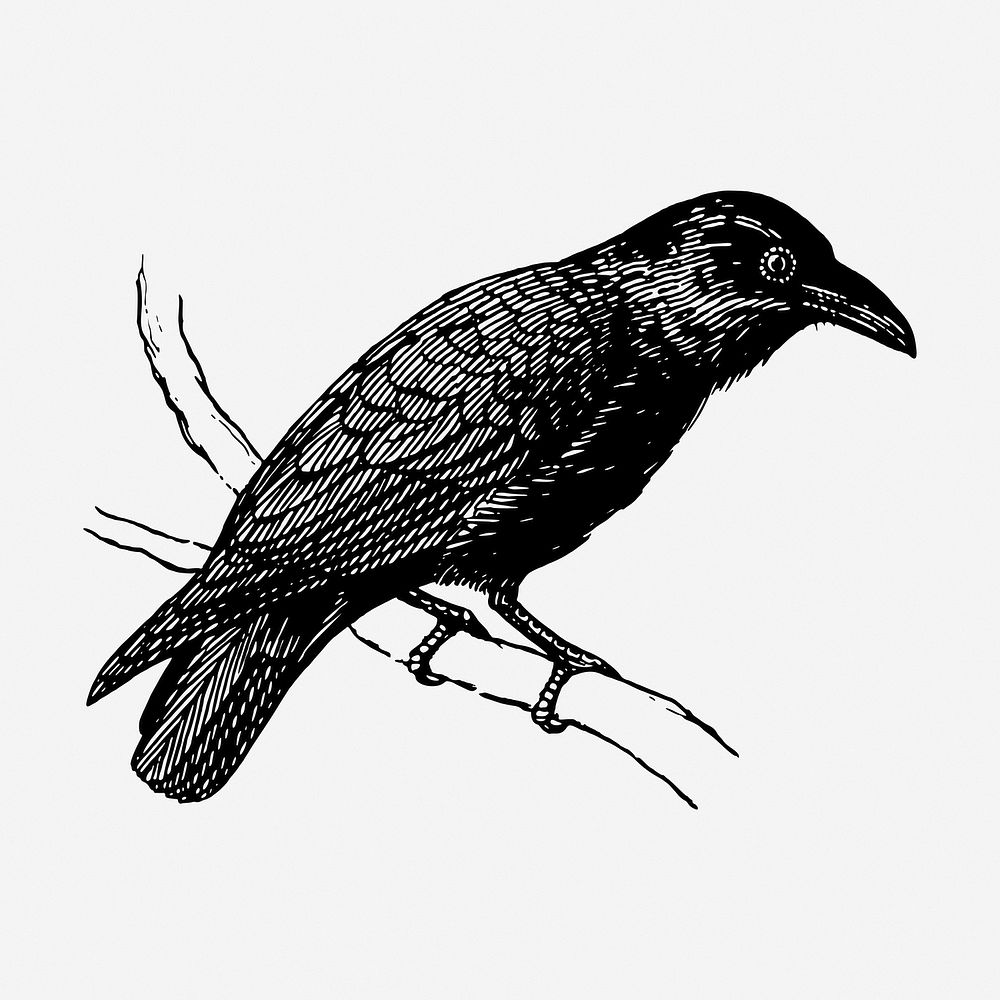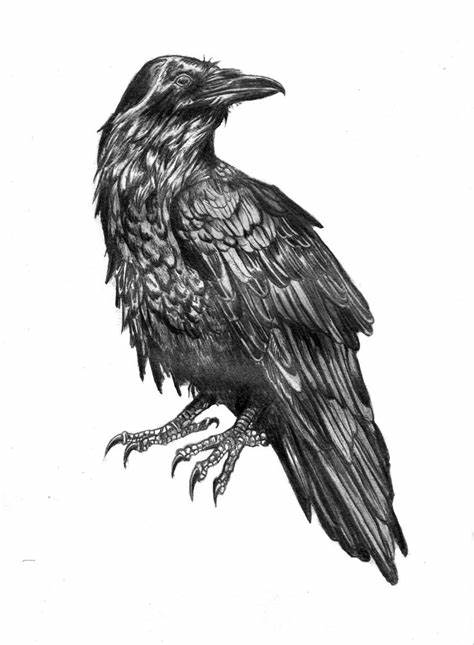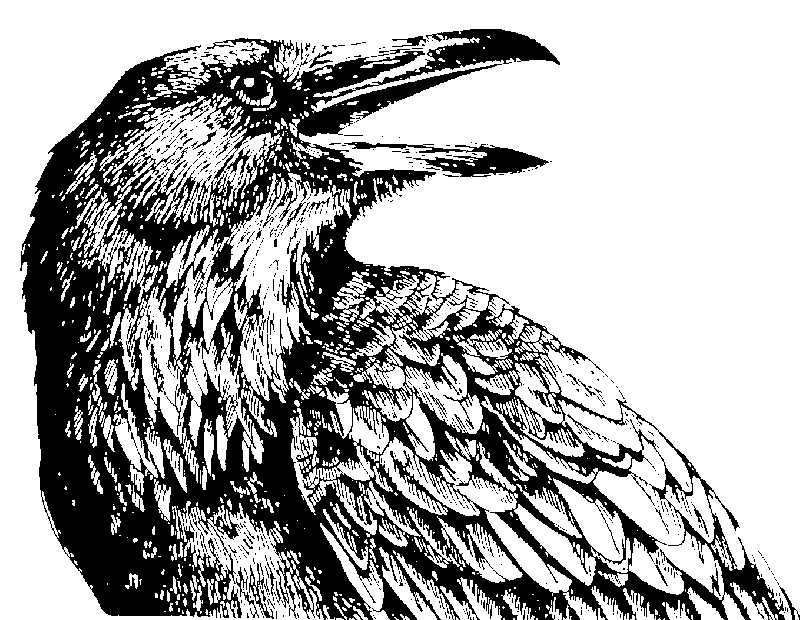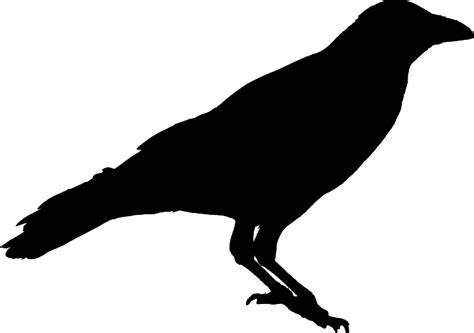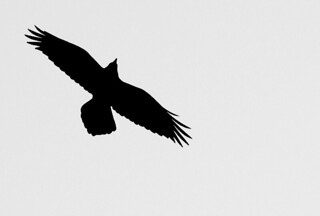Corvus Security
Whether you're being attacked or need to attack - CrowStrike is here for you.
Crows Trikes
For the sophisticated crow - three wheels is better than two wings.
Midnight Vibes
Are you feeling dreary? Are you pondering while you're weak and weary?
Bugs
We like to eat them.
About Us
When Crows strike - the world moves. We are here for you for all of your security, tricycle, and dreary midnight ponderances
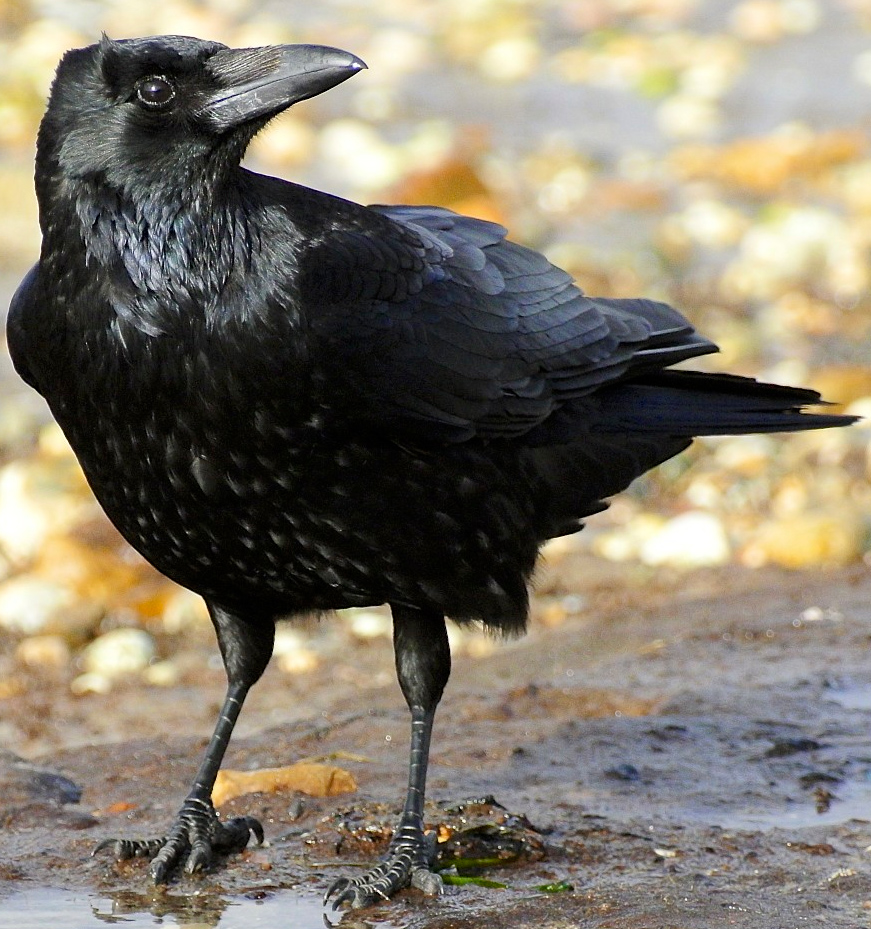
Crow Facts
Corvus is a widely distributed genus of medium-sized to large birds in the family Corvidae. It includes species commonly known as crows, ravens, and rooks. The species commonly encountered in Europe are the carrion crow, hooded crow, common raven, and rook; those discovered later were named "crow" or "raven" chiefly on the basis of their size, crows generally being smaller. The genus name is Latin for "raven".
Where you can find us
The 46 or so members of this genus occur on all temperate continents except South America, and several islands.
Crows are now considered to be among the world's most intelligent animals
Natural history books from the 18th century recount an often-repeated, but unproven anecdote of "counting crows"—specifically a crow whose ability to count to five (or four in some versions) is established through a logic trap set by a farmer.
What we eat
Along with other birds, ravens have been known to associate with other animals such as coyotes and wolves. These associations are linked to feeding and hunting. Ravens use their calls to notify these animals when an injured prey is near. This interaction is most noticeable in winter where ravens are associated with wolf packs nearly 100% of the time.
The term "raven" originally referred to the common raven (Corvus corax), the type species of the genus Corvus, which has a larger distribution than any other species of Corvus, ranging over much of the Northern Hemisphere.
A raven is any of several larger-bodied passerine bird species in the genus Corvus.
These species do not form a single taxonomic group within the genus. There is no consistent distinction between "crows" and "ravens", common names which are assigned to different species chiefly based on their size.
Nevermore.
Quoth the Raven. Nevermore. Nevermore. Nevermore.
Etymology
The modern English word raven has cognates in all other Germanic languages, including Old Norse (and subsequently modern Icelandic) hrafn and Old High German Raban, all of which descend from Proto-Germanic hrabanaz.
The rook (Corvus frugilegus) is a member of the family Corvidae in the passerine order of birds. It is found in the Palearctic, its range extending from Scandinavia and western Europe to eastern Siberia. It is a large, gregarious, black-feathered bird, distinguished from similar species by the whitish featherless area on the face. Rooks nest collectively in the tops of tall trees, often close to farms or villages, the groups of nests being known as rookeries. Rooks are mainly resident birds, but the northernmost populations may move southwards to avoid the harshest winter conditions. The birds form flocks in winter, often in the company of other Corvus species or jackdaws. They return to their rookeries and breeding takes place in spring. They forage on arable land and pasture, probing the ground with their strong bills and feeding largely on grubs and soil-based invertebrates, but also consuming cereals and other plant material. Historically, farmers have accused the birds of damaging their crops, and have made efforts to drive them away or kill them. Like other corvids, they are intelligent birds with complex behavioural traits and an ability to solve simple problems.
